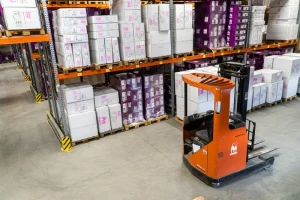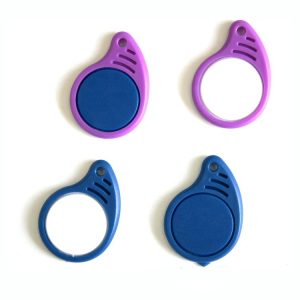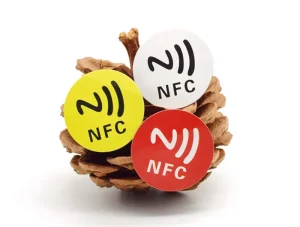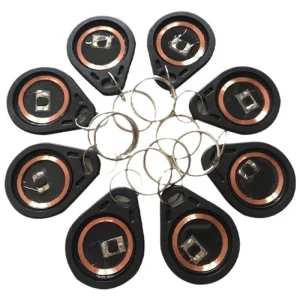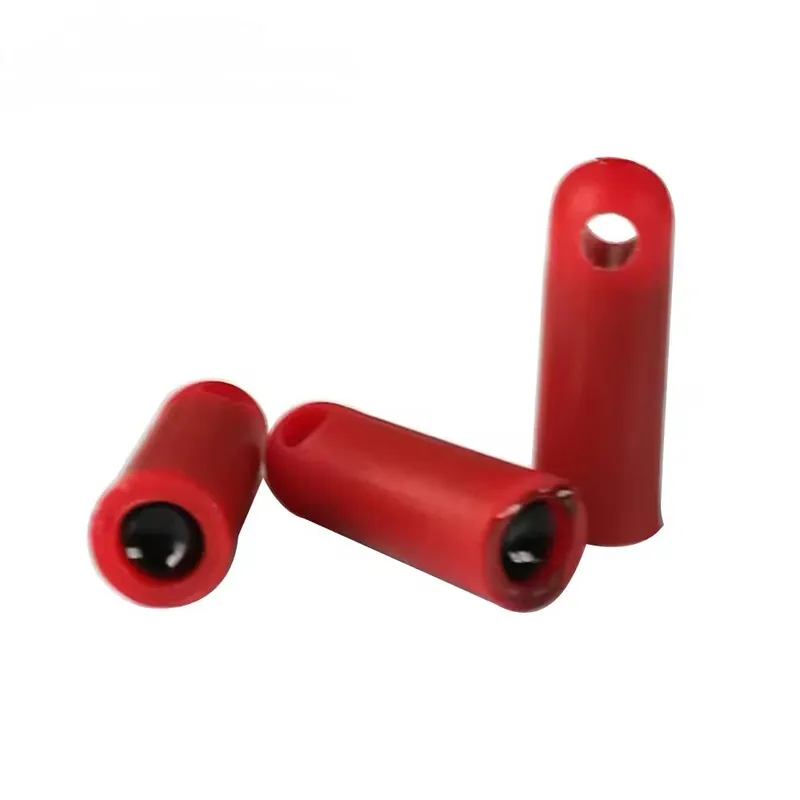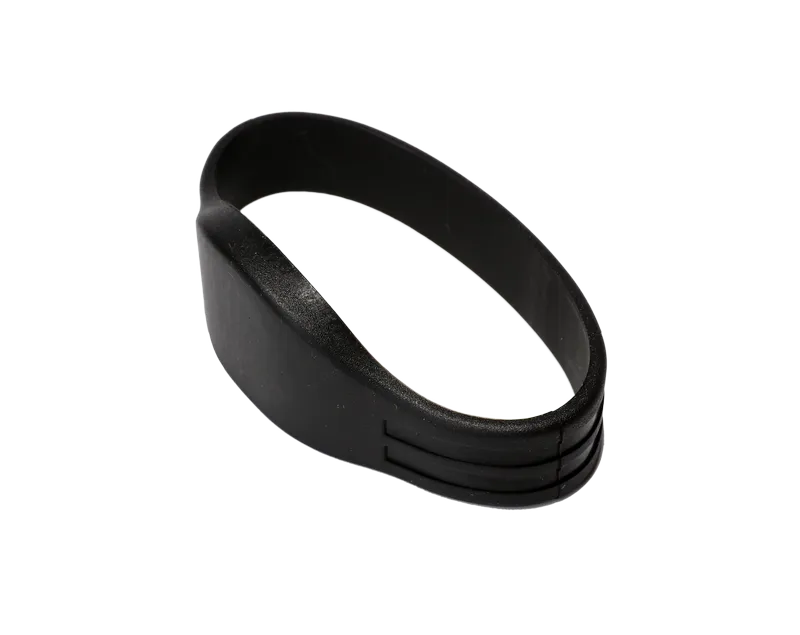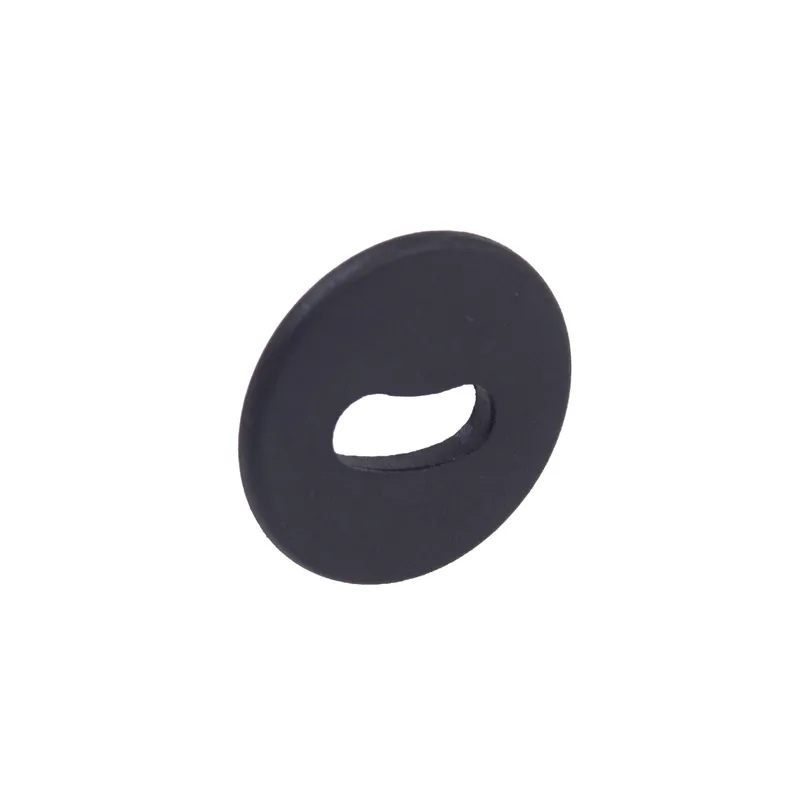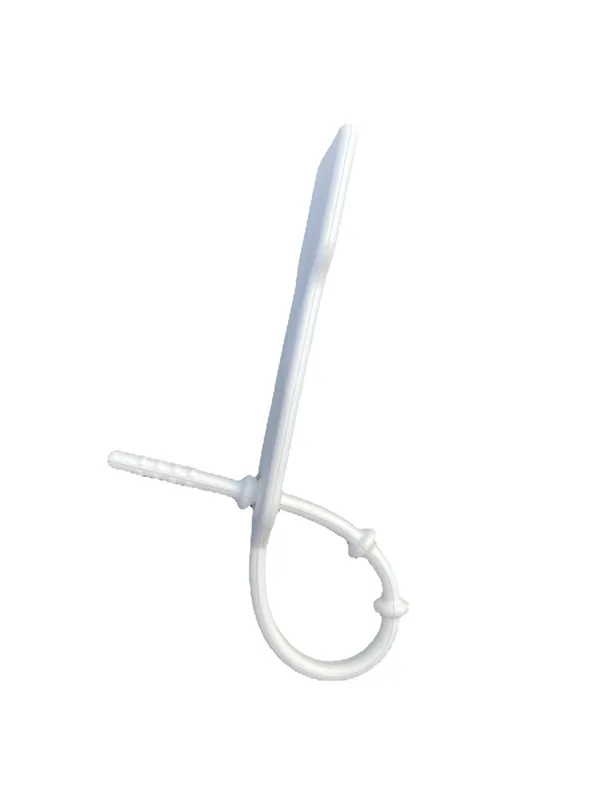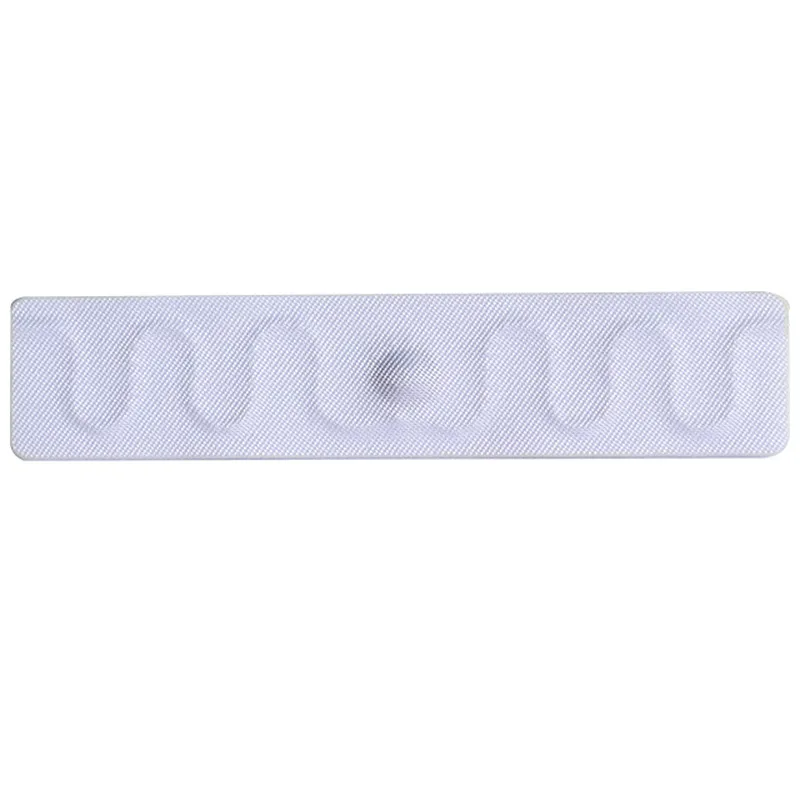Iru tag ẹranko RFID
ẸSORI
Awọn ọja ifihan
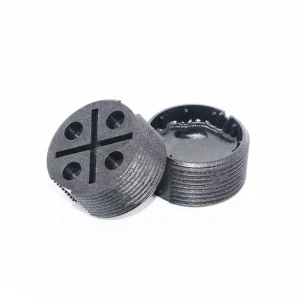
Egbin by rifid
Awọn aami kekere ti a es rovid jẹ apẹrẹ lati pese alailẹgbẹ kan…
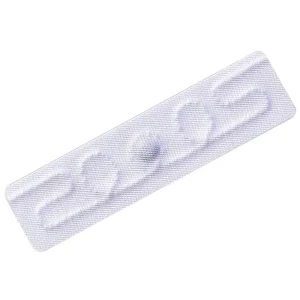
Ọjọ Uhf
Ami-ifọṣọ ti o jẹ ami-ifọṣọ 5815 jẹ logan…
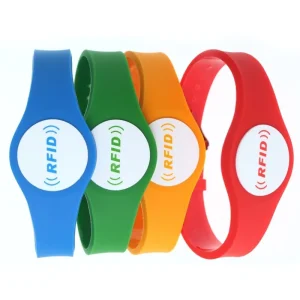
Eto RFid ẹgba
Awọn egbadun RFID ti o le ṣe agbejade mabomire, tọ, ati ayika ayika nfc…
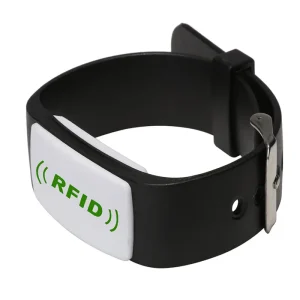
Reg oru
Aamiwewewer ọrun-ọwọ ti wa ni ọna ti o rọrun fun hotẹẹli…
Awọn iroyin to ṣẹṣẹ
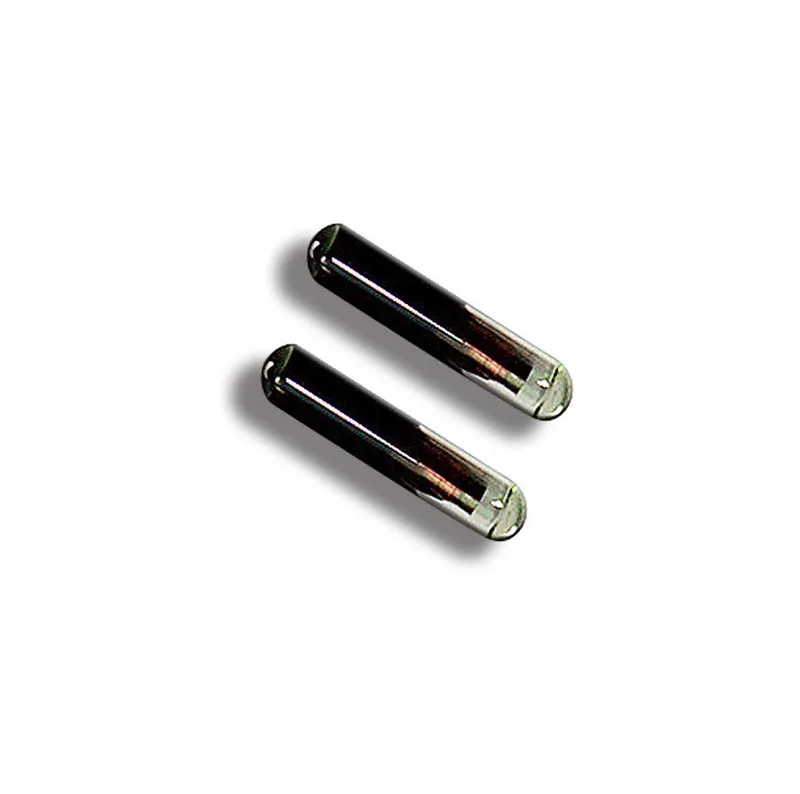
Apejuwe kukuru:
Awọn afi gilasi gilasi RFID jẹ imọ-ẹrọ ti ilọsiwaju fun idanimọ ẹranko ati titele. Wọn ni Chip Chir ti a ba ni ambedddd ni tube gilasi kan pẹlu nọmba ID agbaye, mu ki ohun kan ati koodu kan. Awọn aami wọnyi lo ipo igbohunsafẹfẹ alailowaya fun idanimọ aifọwọyi aifọwọyi ati le ṣe ibasọrọ pẹlu oluka ni awọn itọnisọna meji laisi fọwọkan nkan akọkọ. Wọn kere, lailewu, duroṣinṣin, gun lasting, aabo, ẹlẹbun, rọrun lati ka, ati mabomire. Wọn le ṣee lo fun ibojuwo ẹranko, Abojuto Ilera, iwara aabo ounje, Iwadi egan, ati iṣakoso Zoo.
Pin wa:
Alaye ọja
Awọn taagi gilasi RFID ẹranko ni Chip Chir Barbdd ni tube gilasi kan, eyiti o ni nọmba ID agbaye, Mu ohun kan, ati koodu kan. Awọn aami wọnyi lo ipo igbohunsafẹfẹ alailowaya fun idanimọ aifọwọyi aifọwọyi ati le ṣe ibasọrọ pẹlu oluka ni awọn itọnisọna meji laisi fọwọkan nkan akọkọ. Awọn afirangi Gilasi rfiid ẹranko jẹ idanimọ ẹranko ti ilọsiwaju ati imọ-ẹrọ ipasẹ pẹlu awọn ireti ohun elo ati agbara.

Apejuwe Awọn ọja
| Orukọ ọja | Ẹranko microchip syringe |
| Ohun elo microchip | Gilasi pẹlu ti a bo ọkà |
| Ohun elo Syringe | Polypropylene |
| Eeps | Em4305 / Tk4100 / Em4100 / bi o beere |
| Iwọn | 1.25*7mm, 1.4*8mm, 2.12*8mm, 2.12*12mm, 3*15mm, 4*32mm |
| Igbohunsafẹfẹ | Idiwọn: 134.2Khin
Aṣayan: Lf 125khz, HF 13.56MHZ / Nfc |
| Ohun elo | Idanimọ ti ẹkọ (Koodu alailẹgbẹ kan ti o ti lo nikan) |
| Ilana-ọja | ISO11784 / 11785, Fdx-b, Fdx-a, Hdx,
NFC HF ISO14443A wa fun aṣayan kan |
| Ohun elo Iṣakojọpọ | Iwe mimi |
| Alaye lori package | Ọjọ ti sterilization & wulo, 15 Awọn nọmba pẹlu koodu
Atilẹyin jade package ti aṣa |
| Iṣẹ iṣẹ. | -25 ℃ ~ 85 ℃ |
| Ile itaja ni. | -40 ℃ ~ 90 ℃ |
| Awọ Syringe | Alawọ ewe, Funfun, Buluu, Pupa, Atilẹyin Aṣa |
| Imudani | Jẹ gaasi |
| Aṣayan | nikan Microchip nikan / Syringe pẹlu microchip / nikan syringe |
| Idi | 1 Syringe pẹlu 1 Ami,
Lẹhinna kojọpọ ninu 1 Stioulized ster |
| Igbesi aye ṣiṣe | >100,000 igba |
| Ka ibiti | 10~ 20cm (fowo nipasẹ iwọn ọja ati oluka) |

Awọn anfani:
- Kekere ati ailewu: Nigbati a ba wo ni ẹranko, TAME TUBE FAGP ti o fẹrẹ jẹ aimọgbọnwa nitori iwọn kekere rẹ. Jujun, awọn ti o ga julọ bioctomfetity ti awọn iwẹ gilasi n dinku irora ti o ni nkan ṣe pẹlu gbimọ.
- Iduroṣinṣin ati igbesi aye gigun: Nitori awọn taagi gilasi RFID jẹ palolo ati pe ko nilo orisun agbara ita ita, Wọn ni igbesi aye iṣẹ gigun. Wọn le ṣiṣẹ ni imurasilẹ ni agbegbe ara ti ara lati ṣe iṣeduro deede ti data naa.
- Aabo to lagbara: O nira lati tẹnumọ tamper pẹlu imọ-ẹrọ RFID kekere nitori aabo rẹ to lagbara. Ideri gilasi ti a ti sopọ mọ ni aabo aabo alaye nipa awọn ẹranko kan pato nipa ṣiṣe o nira si tamper pẹlu data naa.
- Ìtṣewí: Awọn ami afilọpọ gilasi le gbe ọpọlọpọ alaye ni afikun si awọn iṣẹ idanimọ ipilẹ ipilẹ, bii aleela, Itan egbogi, ati ayewo. Eyi n gba awọn fosi laaye lati pese pipe ati alaye ti akoko fun ọpọlọpọ awọn idi, pẹlu ibisi, iranlọwọ egbogi, ati idena ti awọn iṣan ara ẹranko.
- Rọrun lati ka: Gbigba data data jẹ rọrun lati lo ati nilo kan kekere gbọn gbigbọn ti olugba nitosi aami lati ka alaye lọwọlọwọ.
- Mabomire: Boya aami naa wa ninu eranko tabi lori eti rẹ, Awọn ami igbohunsafẹfẹ kekere ti wa ni imurasilẹ ati ni iyara, omi ti o ni iya ati awọn ara ẹranko, ati ki o wa ni aisanwo si irin.
Awọn ohun elo:
Abojuto ẹranko ati iṣakoso: Awọn aami gilasi RFID le ṣee lo lati ṣe atẹle deede ati ṣakoso ọpọlọpọ awọn ẹranko, pẹlu awọn ẹranko r'oko, awọn ẹranko igbẹ, ati awọn ọsin.
Abojuto Ilera: Awọn ilu ajesara, Awọn itan-akọọlẹ aisan, ati alaye miiran le ṣee lo lati tọpinpin ilera ẹranko nipa lilo alaye lori aami rẹ.
Iwara aabo ounje: Lati ṣe iṣeduro didara ati aabo ti awọn ọja ẹranko, Awọn aami RFID le ṣee lo ni awọn ọkọ ẹranko fun Traceasibility Oúnjẹ.
Iwadi ati itoju egan: Awọn aami RFID le ṣee lo lati tọpinpin, fihan, Ati bojuto awọn ẹranko igbẹ. Alaye yii ni a le lo lati ṣe iranlọwọ fun awọn onimọ-jinlẹ lati ṣẹda iyebiye ati awọn aabo aabo ti imọ-jinlẹ nipasẹ gbigba wọn lati ni oye awọn nkan bi gbigbe ẹranko, Agbara ibugbe, ati awọn ẹgbẹ olugbe.
Isakoso awọn zoos ati awọn mimọ egan: Awọn ami RFID le ṣe iranlọwọ ni ṣiṣe iṣakoso ilọsiwaju ati awọn imuposi aabo lakoko ti o tun ṣe atẹle opoiye, ilera, ati awọn ẹranko ti awọn ẹranko ti o wa ni awọn ohun elo wọnyi.

![RFId Tag olupese [Osunwon | Oote | Odm]](https://www.fjrfidfactory.com/wp-content/uploads/2024/04/logo.webp)
